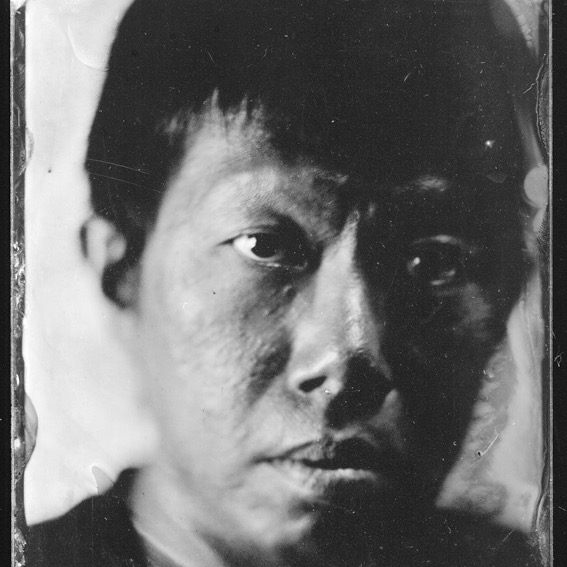
Chinese Muslims in Indonesia
by Zhuang Wubin
Today, most Chinese Muslims you would meet in Indonesia are likely to be recent converts of Islam. The main thrust of this project is to document their experiences, so as to understand their motivations for conversion, and its impact on their lives and relationships with families and friends. With the Chinese forming around 1.2 percent of the country’s population, of which 5.41 percent are of Islamic faith (based on figures from 2000), Chinese Muslims are a minority within the minority.
The term Peranakan was used possibly until the end of the 19th century to refer specifically to the Chinese Muslims. These Peranakan communities would eventually merge into the pribumi (indigenous) population. To surface these histories, I photographed mosques, kramats (holy places), and villages related to the longstanding presence of the Chinese Muslims in Indonesia. I also tracked down pribumi Muslims who are willing to acknowledge their Chinese ancestry, illustrating the long history of intermarriages between the Chinese and the pribumi.
The fall of Suharto in 1998 has impacted the identity politics of the Chinese Muslims. It has allowed some to reiterate the possibility of being both Chinese and Islamic. For others, conversion offers an avenue to assimilate into mainstream society. Hopefully, my work will help complicate the reductive dichotomy of pribumi versus non-pribumi that continues to frame the Chinese experiences in Indonesia.
This article is based on work done from 2007 to 2009.
Zhuang Wubin is a writer, curator and artist. As a writer/curator, Zhuang focuses on the photographic practices of Southeast Asia and Hong Kong. He uses the medium as a prism to explore the following trajectories: photography and Chineseness, periodicals and photobooks as sites of historiography, and photography’s entanglements with nationalism and the Cold War. As an artist, Zhuang uses photography and text to visualise the shifting experiences of Chineseness in Southeast Asia. Published by NUS Press, Photography in Southeast Asia: A Survey (2016) is his fourth book. His fifth publication is titled Shifting Currents: Glimpses of a Changing Nation (2018), a commission by the NLB, which features the work of Singaporean photographer Kouo Shang-Wei.









